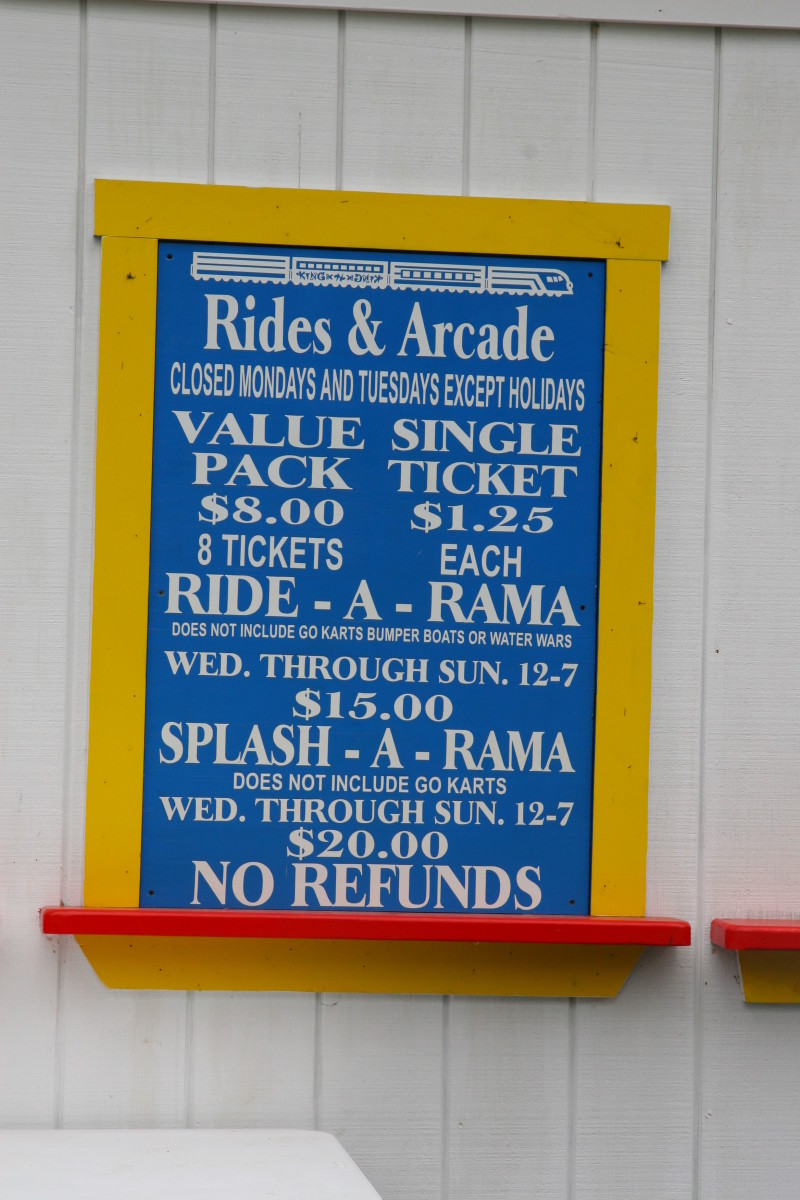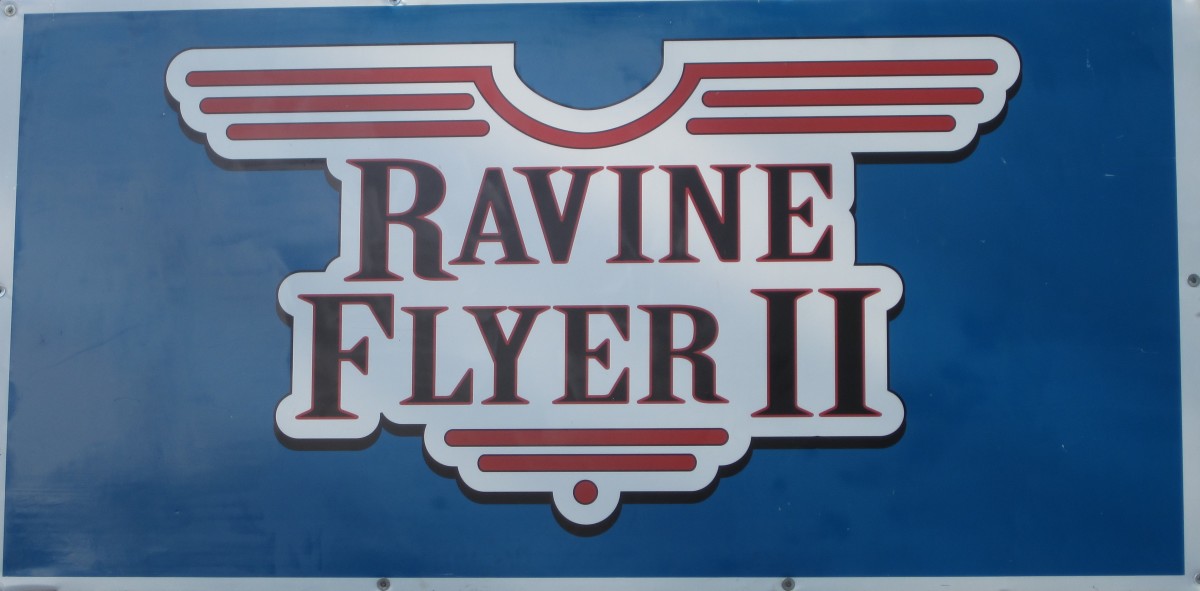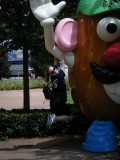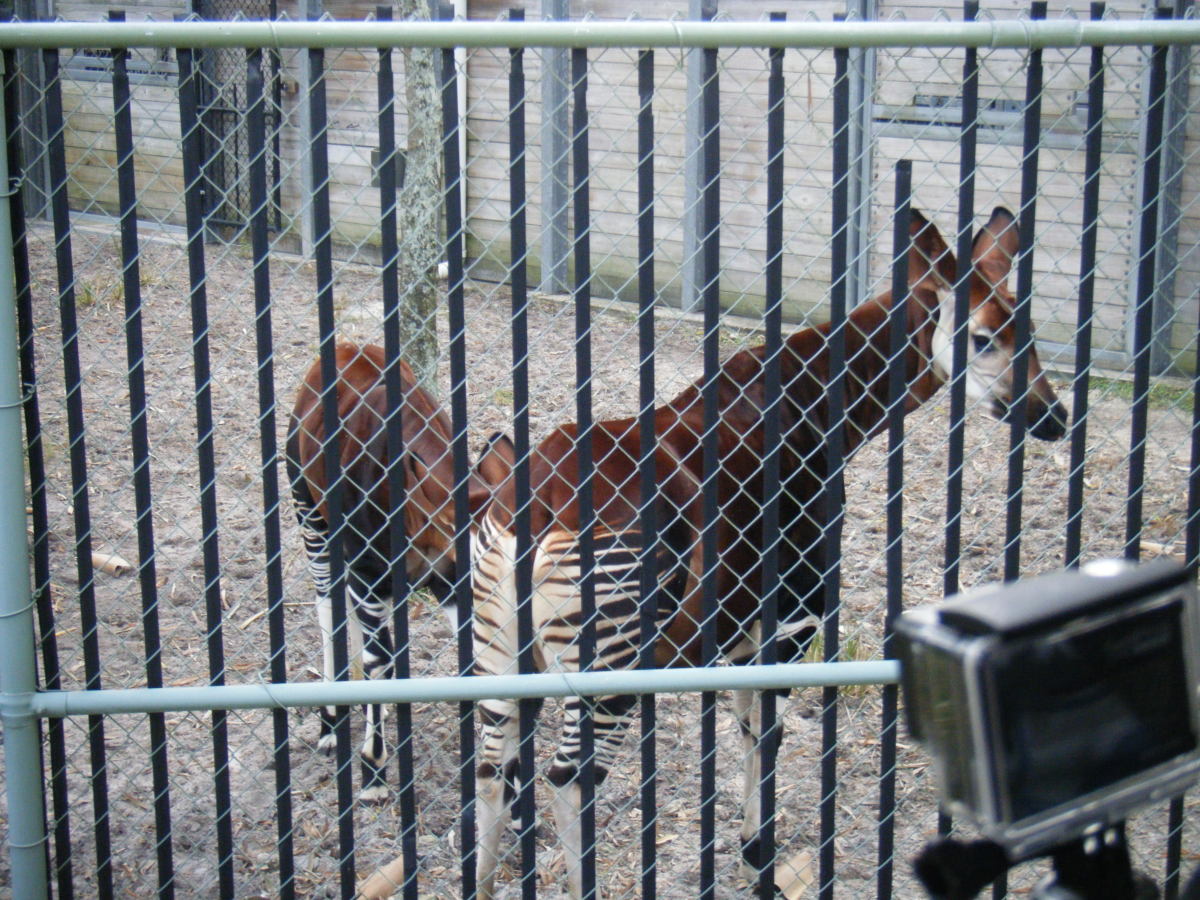The Safety of Roller Coasters
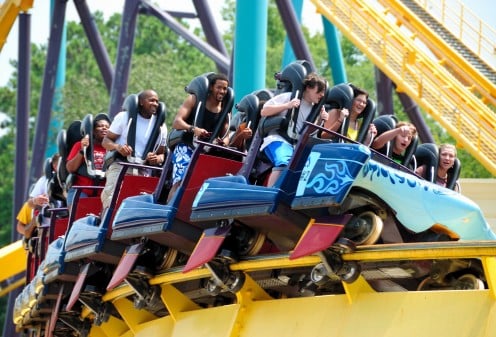
Is it safe or not?
The phenomenon that keeps people in their seats on a fairground roller coaster is the same way that keeps water in a bucket when you swing it round. On fairground rides the inertia created can be stronger than gravity, so even when people are upside down there in no chance of anyone falling out. For those brave enough to keep their eyes open, it seems as though the world has been turned upside down, rather than them.
The safety harnesses which are provided would only come into action if the cars were going too slowly. Speed and inertia also enable fairground motorbike riders to cling to the Wall of Death as they roar around the circular pit. It is a law of physics that once an object has been set in motion by the application of a force, it will continue moving in a straight line until it is halted or diverted by another force. The object's reluctance to change its motion is called inertia.
If a train stops suddenly, the passengers are thrown forward because inertia maintains their forward motion. Similarly, passengers in a car get thrown to one side when it takes a tight corner. The car's direction has changed, but the inertia of their bodies pushes them out in the original direction. In the same way a child stepping off a fast-moving roundabout will be flung off in a straight line.
Although the motion of the roundabout is circular, a circle can be regarded as an infinite number of overlapping straight lines, each one of which realigns the child's direction of travel. So modern engineering has ensured roller coasters to be more safe and less dangerous. Although the safety levels are maintained at its optimum, accidents may still be unavoidable. Roller coasters still may cause technical problems and malfunction. So it is not 100 percent at its safety.
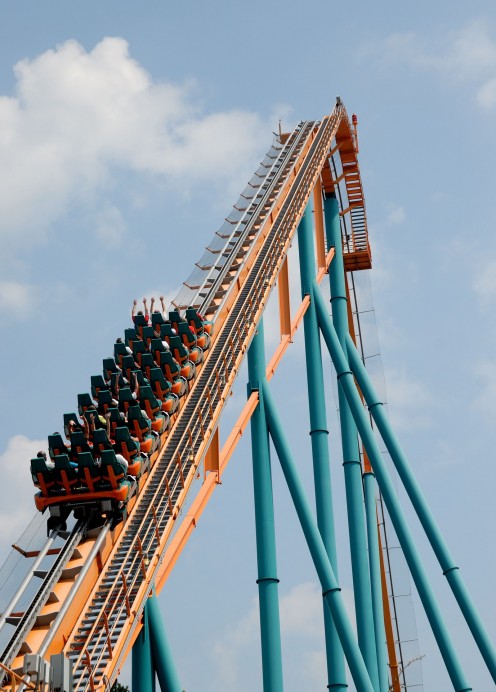
Health Issues
Another negative aspect of riding on a roller coaster with its train hoisting on the coasters rail track heading towards the sky, is its looping and diving that can very much increase the heart rate. This can also trigger an irregular heartbeat or palpitations and may cause problems for those already diagnosed with heart abnormalities. Women are affected more than men due to emotional stress and their heart rate is known to beat at a much faster rate.
People who have had an heart attack in the past or even those with high blood pressure should not consider riding on a roller coaster because it is not safe and will not have any benefits to health. Even the excitement of getting on a roller coaster and to experience the thrill can cause negative effects on health especially if you are not aware of any health issues. Even dizziness or feeling lightheaded can occur for some people on roller coasters.
Lastly for health wise, it is about eating before embarking on a roller coaster ride at the amusement park - Should I eat or not before the ride? Sometimes people may fear vomiting and messing up the rail car and feel guilty about it afterwards. It is a bad experience indeed and must be avoided to avoid embarrassment in public. The operators of the roller coaster won't be happy for sure. Another reason why roller coasters are not safe if you have got a belly stuffed with food.
If you do eat or already have eaten plentiful, you must consider the consequences because your body will react to high pressure, speed and inversions whilst on the ride. All that excitement and fun will lead to gastric problems too. It is best to consider not eating too much before going on a roller coaster ride.
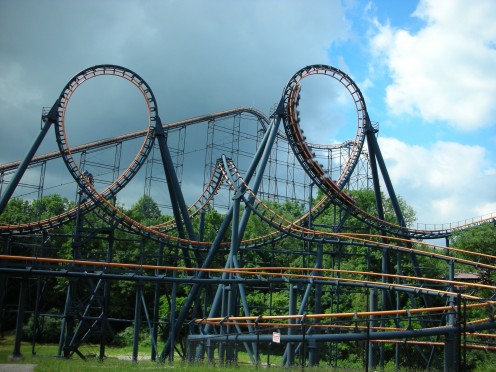
Safety Issues and Ride Closures in Theme Parks
Whether there are major or minor incidents at theme parks, it is a serious concern that needs to be dealt with immediately by the park authorities. In summer 2015, there was a crash on the Smiler (a 14-loop roller coaster) ride in Alton Towers, UK. The incident left 16 riders trapped for several hours and 4 people were seriously injured. An empty test carriage was on the tracks to check for earlier problems. The 16 riders on another carriage was sent out on the tracks and it smashed into the empty test carriage that had stalled.
Since then, the Smiler was closed to the public along with 3 other major roller coaster rides in other theme parks in the UK. The European Coaster Club founder says these bad accidents involving roller coasters are really rare. In the interest of safety and professionalism to work with roller coasters, a special license must be held with the operators of roller coasters. Special training is also a requirement for those who work and run the roller coasters.
The tracks and carriages at theme parks are checked daily to make sure they are in good working order. This includes inspecting the safety restraints to make certain that they all work properly. In general, when the parks are closed at the end of the theme park season, the roller coaster carts are taken apart and checked properly for any safety issues before reassembling and putting them back on the tracks. And finally, the chance of being injured on rides in theme parks are very rare and the probability is 1 in 24 million for any accidents to occur, according to the International Association of Amusement Parks and Attractions.
Roller Coaster Safety
Do you think roller coasters are safe?
The five scariest roller coasters in the world
- The 5 Scariest Roller Coasters in the World
If you love an adrenaline rush, you'll love these 5 scariest roller coasters in the world. They are the most thrilling rides around!



